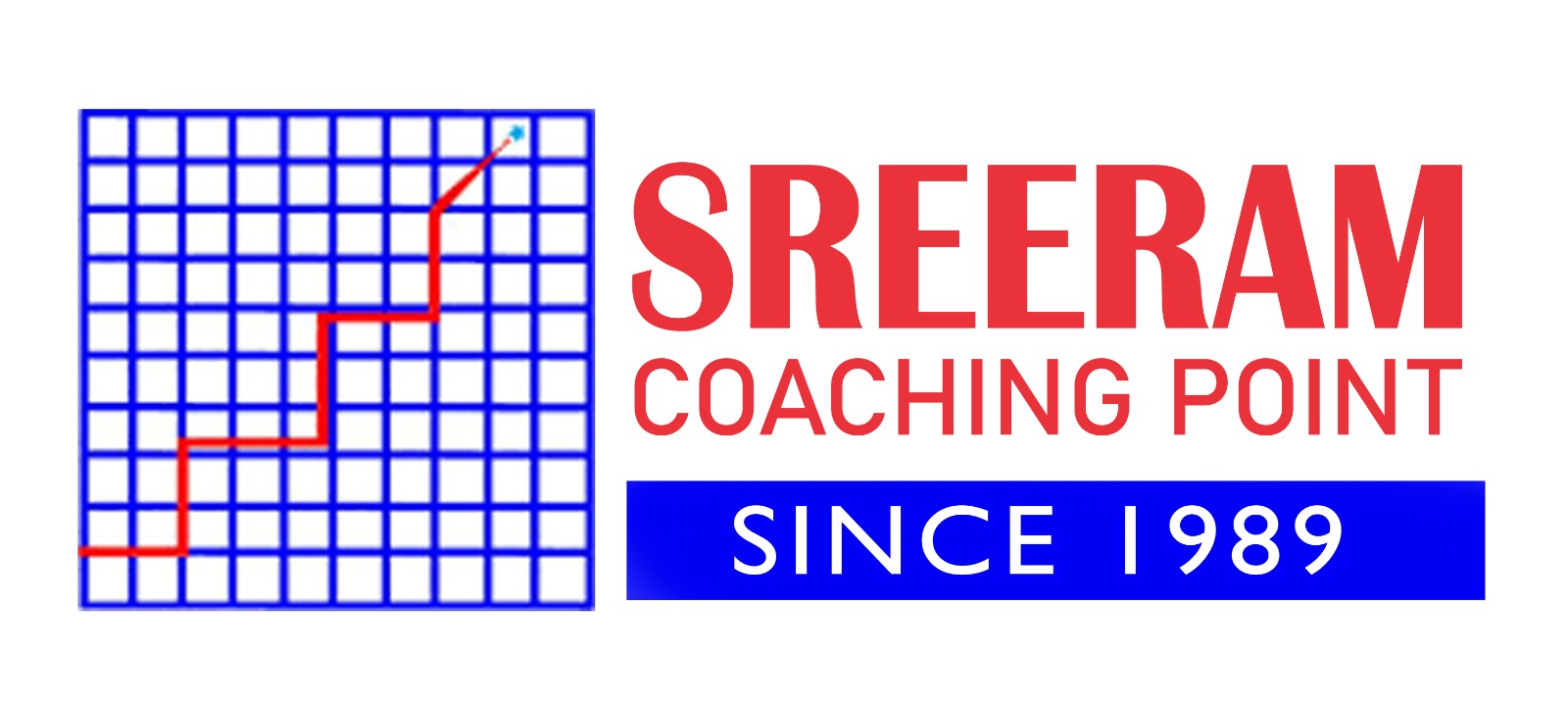
As an independent auditor, it is essential to maintain professional skepticism when reviewing an entity's performance through its financial statements. Professional skepticism involves critically evaluating evidence, staying alert for potential errors, and ensuring due diligence in the audit process. It acts as a safeguard against influences that could compromise financial reporting accuracy. This mindset underscores the auditor's dedication to conducting thorough and objective assessments, guaranteeing that financial statements provide a truthful depiction of the entity's financial status. Neglecting professional skepticism undermines the auditor's effectiveness and risks exposing stakeholders to misleading or fraudulent financial information. Therefore, maintaining skepticism is not just a professional duty but also a core principle upholding the integrity of the audit process.
- Identifying Suspicions of Fudging: One need to acknowledge the common suspicion that financial statements may be manipulated for various reasons, including pleasing credit rating agencies, bankers, management, or even to appear favorable compared to competitors. This sets the stage by highlighting the potential motivations behind such actions.
- Questioning the Integrity: By questioning the integrity of financial statements, there is a need for mechanisms to detect potential manipulation without resorting to extensive audits. This suggests a desire for more efficient and targeted methods to ensure financial transparency and accuracy.
- Proposing a Solution: Beneish M Score calculator as a potential solution to the problem of detecting manipulated earnings in financial statements. This tool analyzes financial data from the statements and calculates eight different financial ratios, applying a formula to generate a predictive score (the Beneish M Score). This suggests a proactive approach to identifying potential manipulation, offering a systematic method for scrutiny.
- Explanation of the Beneish M Score: Beneish M Score works, by assigning different weights to the calculated ratios to produce a final score. This demonstrates an understanding of the technical aspects of financial analysis and suggests a practical approach to evaluating the integrity of financial statements.

